
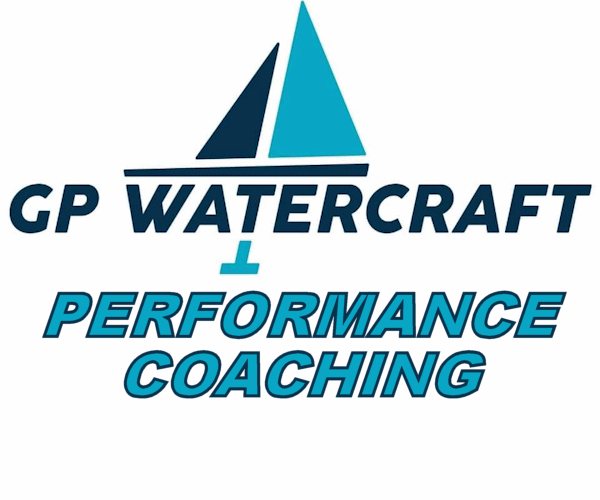

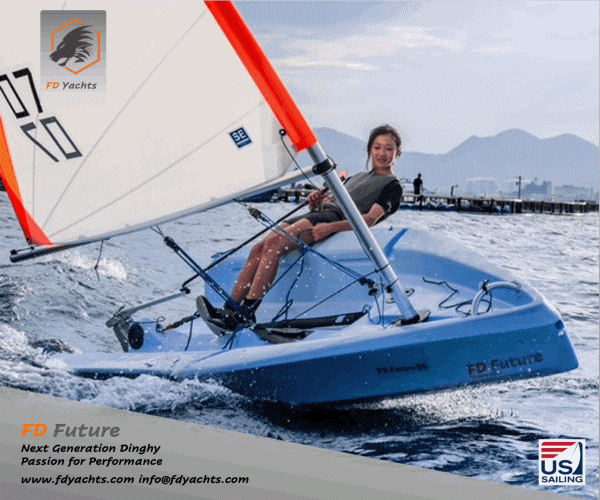
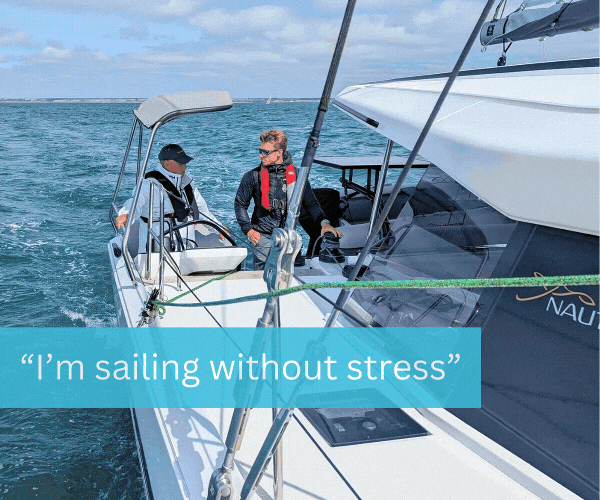


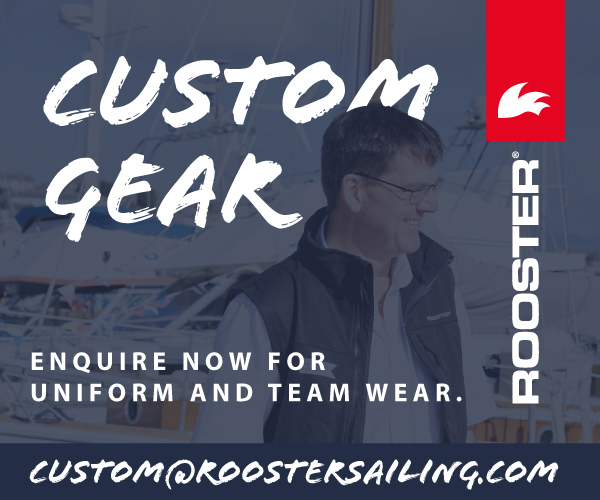

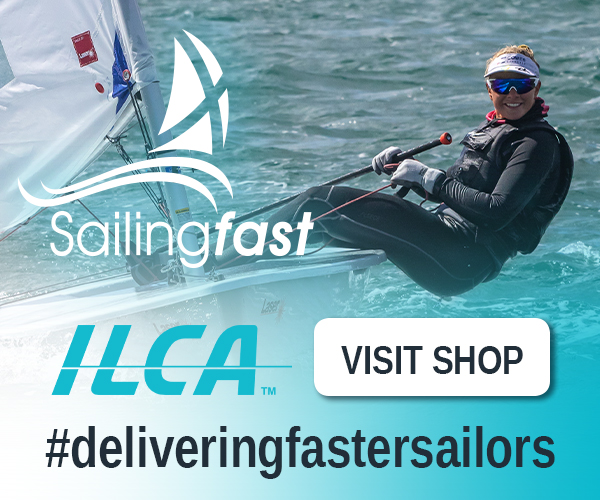

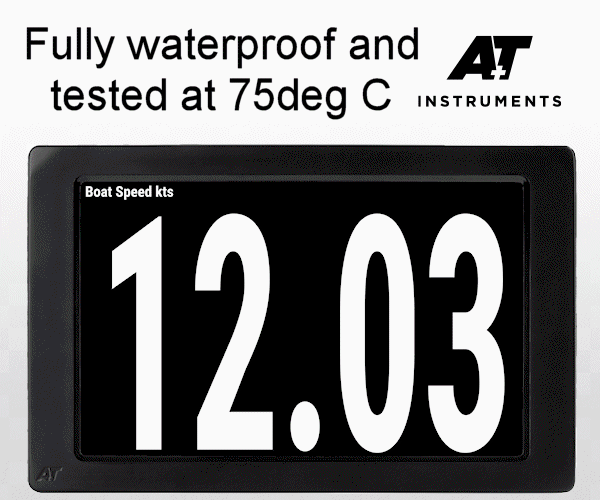

Boats for sale
| Rossiter Pintail Mortagne sur Gironde, near Bordeaux |
 |
| Bruce Roberts classic 45 Valencia, Spain |
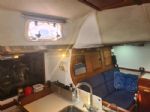 |
| Free mast for Merlin Rocket - has a bend! Guildford |
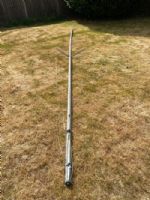 |
List classes of boat for sale |
Casualty management |
Post Reply 
|
Page <1 3456> |
| Author | |
zippyRN 
Far too distracted from work 
Joined: 14 Sep 06 Online Status: Offline Posts: 437 |
 Post Options Post Options
 Quote Quote  Reply Reply
 Topic: Casualty management Topic: Casualty managementPosted: 22 Jan 12 at 6:34am |
that's all valid and think taken as read, my attempts at discussion were two fold - given the practice in other sports, and general emergency care practice in the light of the incident which Tess Lloyd has been involved in, what has become apparent from the discussions is a number of factors - some people still think that disclaimers are worth the paper they are written on - no amount of disclaimers will protect an individual or organisation from their direct mistreatment of someone - that if the risk is small you don't need to think about it despite the possibility of 8 and 9 figure payouts following mismanagement - it's not in the NGB course therefore it'll never happen and it's not important - there's a lack of awareness of the abilities or otherwise of other services - while for the coastal guys and girls having 'call 999' may well be enough with HMCG and RNLI resources - it might not be enough for some of the inland clubs - as despite the step changes in specialist provision HART has brought around in the ambulance service water rescue isn't necessarily going to be forthcoming from 999
|
|
 |
|
Guests 
Guest Group 
|
 Post Options Post Options
 Quote Quote  Reply Reply
 Posted: 22 Jan 12 at 11:31am Posted: 22 Jan 12 at 11:31am |
|
Whilst serious accidents do occasionally occur, the risks involved with dinghy racing are surely tolerable and would be considered ALARP. It would not be practicable for the majority of clubs to introduce new equipment or provide additional training to help in the case of a once every 20 year accident. But of course, the RYA should continuosly monitor best practise and advise as necessary.
|
|
 |
|
Stuart O 
Really should get out more 
Joined: 22 Jul 07 Online Status: Offline Posts: 514 |
 Post Options Post Options
 Quote Quote  Reply Reply
 Posted: 22 Jan 12 at 3:33pm Posted: 22 Jan 12 at 3:33pm |
|
I think Zippy you are also harping on and on about what people went through 20 years ago...Yes the culture has changed and we have entered a blame era...however the RYA keep all clubs up to date on best practise and constantly review situations.
You also forget about the claims IF equipment isnt used properly. We enter a whole legal minefield.
This is what all have said to you |
|
 |
|
Buzz 
Posting king 
Joined: 14 Jun 04 Online Status: Offline Posts: 101 |
 Post Options Post Options
 Quote Quote  Reply Reply
 Posted: 24 Jan 12 at 11:38am Posted: 24 Jan 12 at 11:38am |
Safety boats, briefings, informing the Coastguard, contingency planning etc. are how we fulfill our duty of care. The level of training crews require will depend on the risk and the probability of that risk occurring. To have all safety boat crews trained to a high medical standard would mean that we would be unable to find volunteers and therefore run events.
|
|
 |
|
jeffers 
Really should get out more 

Joined: 29 Mar 04 Location: United Kingdom Online Status: Offline Posts: 3048 |
 Post Options Post Options
 Quote Quote  Reply Reply
 Posted: 24 Jan 12 at 2:12pm Posted: 24 Jan 12 at 2:12pm |
I would suggest your club speak to the RYA in that case. The disclaimer does mean a lot as it is the individuals decision to go on the water in the first place (which is key).
If the Safety boat crew were deemed to then be negligent, not suitably qualified (relevant RYA cert or equivalent) or not follow established procedures than that is a different matter. This is why you must ensure you club is fully up to date with the latest guidance from the RYA and your Safety Policies are worded appropriately (and all members are aware of them, ignorance is no excuse).
The RYA have a good and powerful legal team, your club pays a fee to be affiliated, make sure you get value from it. They are likely to know more than your high street solicitor as marine law is a specialist area.
As a foot note, there is no requirement to be First Aid Qualified for the RYA Safety Boat course (clicky). This is probably because it is damn near impossible to Administer First Aid on a Rib/Dory even on the calmest of days. Even the first aid you have to do for the DI cert is very basic by comparison.
|
|
|
Paul
---------------------- D-Zero GBR 74 |
|
 |
|
winging it 
Really should get out more 

Joined: 22 Mar 07 Online Status: Offline Posts: 3958 |
 Post Options Post Options
 Quote Quote  Reply Reply
 Posted: 24 Jan 12 at 9:02pm Posted: 24 Jan 12 at 9:02pm |
|
If the Australian assessment process is anything like what happens here in the uk after a major incident (such as Kielder Water) then there will be a thorough investigation of the circumstances surrounding the accident (a collision between a windsurfer and a sailor) and then the findings of that investigation will be circulated to all clubs and centres, along with recommendations of any actions thought necessary to prevent such an accident happening again. Should a succession of similar incidents take place then recommendations can become legislation.
Assuming that this poor girl suffered a head injury, I would think the most likely recommendation would not be that safety crews receive better training, but would rather be that sailors wear helmets. This is already required in organisations such as scout sailing, and in many sailing schools. This is similar to the way in which the NSSA demand trapeze crews wear quick release hooks following fatalities caused by crews being unable to unhook themselves following inversions. It has to be said that even for trained crews, recovering a disabled or unconcious person from the water is extremely difficult without causing further injury. At the moment best practice seems to be using a net or sling into which the person in the water is floated, then rolled up the side of the rib. Those that I have spoken to who have been recovered in ths way have reported that it is extremely painful (though clearly better than drowning) and possibly would cause further injury to spine or brain due to the clumsy nature of the recovery process. Following the recent incident on the Dart concerning the inversion of the Hawke 20, this is something which must continue to be investigated, but the investigations must be done by those who can implement a sound knowledge of what is possible in any safety operation, given the limitations of safety crew ability, sea conditions, and resources. Unfortunately we cannot prepare for every single eventuality. Zippy, if your expertise can provide any detailed guidance on the recovery of disabled or unconcious persons from the water I would be glad to read them here. Edited by winging it - 24 Jan 12 at 9:03pm |
|
|
the same, but different...
|
|
 |
|
zippyRN 
Far too distracted from work 
Joined: 14 Sep 06 Online Status: Offline Posts: 437 |
 Post Options Post Options
 Quote Quote  Reply Reply
 Posted: 25 Jan 12 at 5:07pm Posted: 25 Jan 12 at 5:07pm |
|
Helmets are a two edged sword
while they may be of benefit in reducing head injuries they raise as many problems as they solve - see the constant ongoing debate and discussion about helmet use in on-road cycling There is also a school of thought that helmets can worsen concussion and contra-coup type injuries by adding mass to the to the 'loosely', in relative terms, held on Head ( speaking to long established clinicians in Spinal injury care they noted an increase in neck injuries following the introduction of mandatory seatbelt wearing in the UK - which dropped off again when head restraints became a common fitment to cars - and dealing with neck injuries has been an ongoing aspect of safety reform in motorsport with neck rolls and now HANS devices to reduce the effect of the head + helmet shaking around. before jumping one way or the other on the helmet issue the types of head injury need to be considered this also has the issues of appropriate equipment for the task, at one time IIRC sailing schools were required to use the then contemporary equivalent of a 150N foam + air lifejacket rather than buoyancy aids for students ... ( i'm talking 20 + years ago here) and there being debate at the time over whether it was acceptable to move towards 50N BAs that were deemed more than adequate for club and 'private' sailing and were being worn by instructors in these same sailing schools ... Last week i was listening to radio 4 / world service in the small hours and they were talking about the 'enforcers' in the NHL and how there was evidence of of brain changes in these players similar to the brain changes seen in boxers from repeated concussions In terms of recovery into a rescue boat it would be interesting to look at movement in an 'inert' body between the methods winging it describes and a variety of approaches using an Aquabaord or conventional Long Extrication Board - perhaps our RLSS colleagues may be of use hear as well as people with a 'health' background ?
|
|
 |
|
winging it 
Really should get out more 

Joined: 22 Mar 07 Online Status: Offline Posts: 3958 |
 Post Options Post Options
 Quote Quote  Reply Reply
 Posted: 25 Jan 12 at 5:59pm Posted: 25 Jan 12 at 5:59pm |
|
What a disappointing answer. Given the amount of expertise expounded over the previous pages I had assumed there was some practical expertise behind it that could have been of use. Instead, just theorising and not on the issue I'd asked about.
|
|
|
the same, but different...
|
|
 |
|
zippyRN 
Far too distracted from work 
Joined: 14 Sep 06 Online Status: Offline Posts: 437 |
 Post Options Post Options
 Quote Quote  Reply Reply
 Posted: 26 Jan 12 at 2:50am Posted: 26 Jan 12 at 2:50am |
from my previous reply "In terms of recovery into a rescue boat it would be interesting to look at movement in an 'inert' body between the methods winging it describes and a variety of approaches using an Aquabaord or conventional Long Extrication Board - perhaps our RLSS colleagues may be of use hear as well as people with a 'health' background ? " I've not had a huge amount to do with on the water for a few years now and certinaly not since i've been involved in emergency care both in and out of hospital as Health Professiojnal, working trackside at motorsport events in both green and orange and more recently working in specialist rehab
|
|
 |
|
Stuart O 
Really should get out more 
Joined: 22 Jul 07 Online Status: Offline Posts: 514 |
 Post Options Post Options
 Quote Quote  Reply Reply
 Posted: 26 Jan 12 at 8:51am Posted: 26 Jan 12 at 8:51am |
|
I think you have the answer right there zippyRN you are trying to apply the same 'code' you use in motorsport to the sailing world, especially as in motorsport you have 'control' of the immediate conditions. In the water it is an ever changing situation. Unlike motorsport where you can lay someone flat and control that persons neck you cannot do this in the sea, even professional lifeguards say this, what works in a pool does not work in the sea.
And in answer to Winging it IMHO the only way to get casualties out of the water using a long board or aquaboard without causing injury to to those in the rib is with a helicopter or using a hoist. You could try to fully deflate 1 side of a rib and float a person on but I would say this isnt practical on most club ribs which arent wide enough.
|
|
 |
|
Post Reply 
|
Page <1 3456> |
| Forum Jump | Forum Permissions  You cannot post new topics in this forum You cannot reply to topics in this forum You cannot delete your posts in this forum You cannot edit your posts in this forum You cannot create polls in this forum You cannot vote in polls in this forum |
Bulletin Board Software by Web Wiz Forums® version 9.665y
Copyright ©2001-2010 Web Wiz
Change your personal settings, or read our privacy policy
Copyright ©2001-2010 Web Wiz
Change your personal settings, or read our privacy policy











 Printable Version
Printable Version Delicious
Delicious Digg
Digg Facebook
Facebook Furl
Furl Google
Google MySpace
MySpace Newsvine
Newsvine reddit
reddit StumbleUpon
StumbleUpon Twitter
Twitter Windows Live
Windows Live Yahoo Bookmarks
Yahoo Bookmarks Topic Options
Topic Options